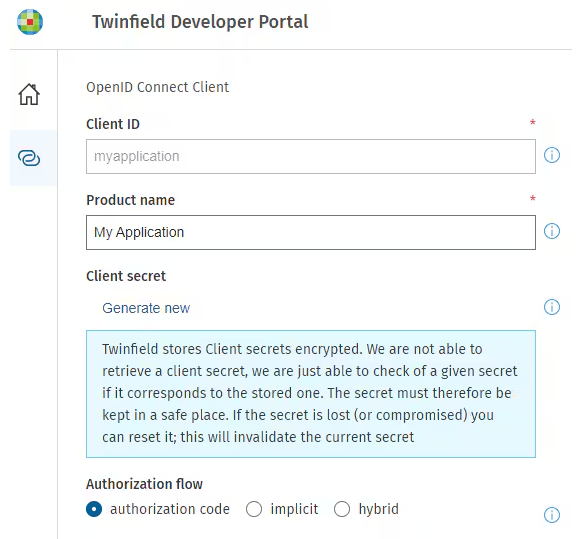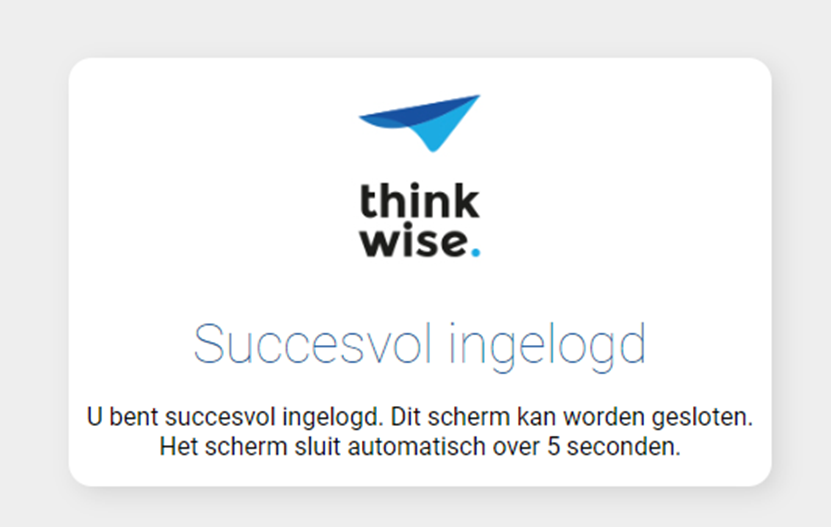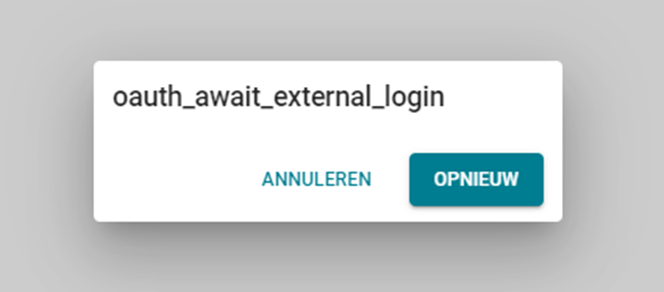I want to create an OAuth2.0 connection with another SaaS application. Unfortunately, I'm having trouble with the authentication URL. It is required to include the "Nonce" parameter.
The documentation of the SaaS solution states:
"The nonce is a string that could look like 1234567890abcdefghij. It's a random string that is uniquely generated for each request. It allows Twinfield to verify that your request has never been made before. Make sure you use a different and random nonce each time you ask an end user for permission. This is needed for OpenID connect protocol purposes."
How can I provide a "Nonce" parameter in this context?








